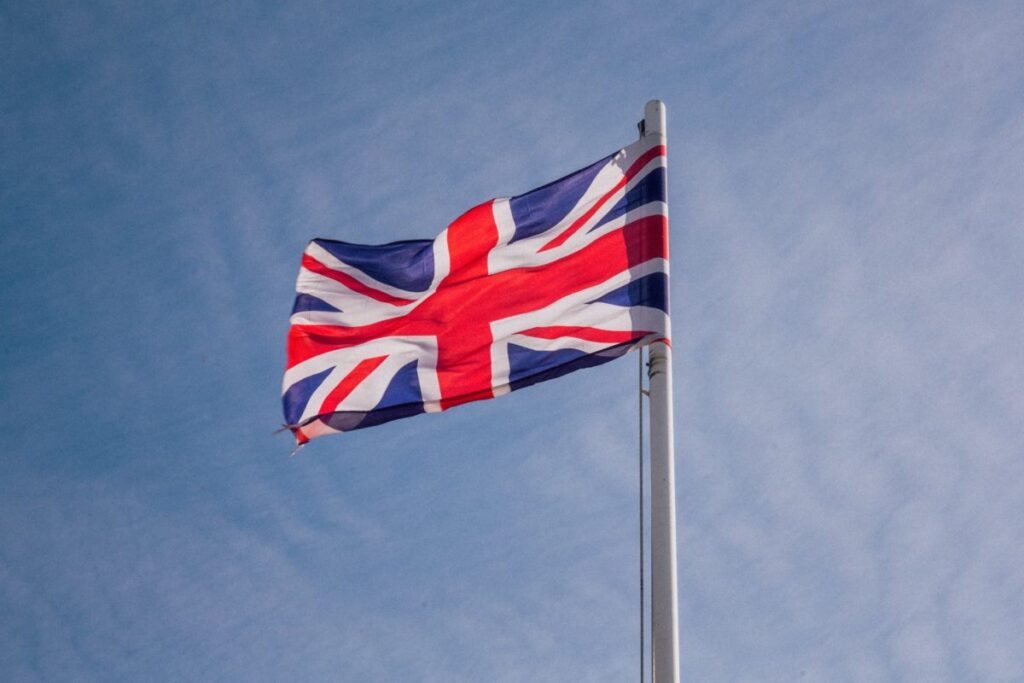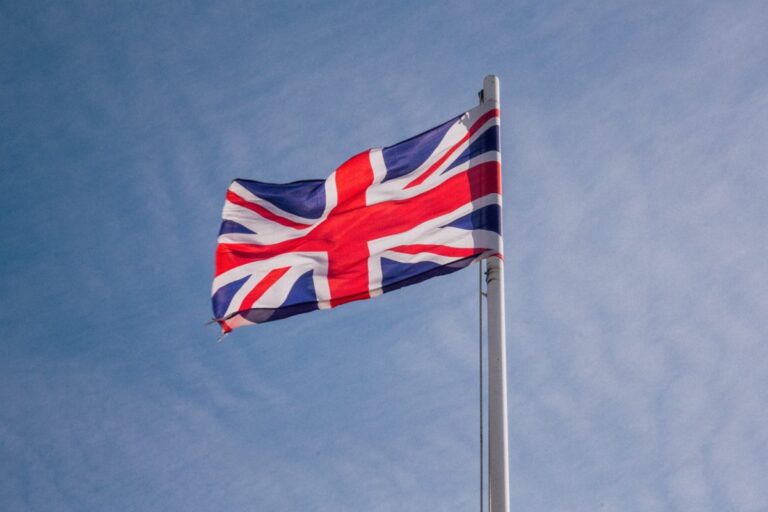
If you’re planning a move to England, Northern Ireland, Wales, or Scotland, there’s a lot of new information to wrap your head around—especially regarding financial matters. When you open a bank account in the U.K., you’ll receive more than just an account number. You’ll also receive a bank sort code, which is essential for certain financial transactions in U.K. countries.
This Remitly guide explains what sort codes are, how they work, why you need them, and how you can find your own.
What is a bank sort code?
Currently managed by Pay.UK—a combination of Bacs, Faster Payment, and Image Clearing System—a sort code is a bank identifier that makes it possible for U.K. bank accounts to do domestic transfers.
A sort code is a string of numbers that identifies two things:
- Your bank (for example, Barclays, Santander, or Lloyds)
- The specific bank branch where you opened your account
Every sort code consists of six digits arranged in three pairs. For example, your six-digit code might be 22-45-19. The first two digits identify your bank, while the remaining four digits refer to the specific branch that houses your bank account.
Sort codes help financial institutions confirm the validity of a transfer and correctly route money between accounts. They’re similar to the routing numbers used in the U.S., Canada, and other countries.
Online-only banks may provide the same sort code to all of their customers. For example, 60-83-71 is the sort code for every Starling Bank account, while 04-00-04 identifies all Monzo accounts.
Sort codes vs. SWIFT codes
Also known as a bank identifier code or BIC code, SWIFT codes are similar to sort codes but with a critical difference. While sort codes are for banks within the U.K. (i.e., English, Welsh, Scottish, and Northern Irish banks), SWIFT codes are for international transfers.
SWIFT codes are the international equivalent of a sort code. They make it possible to do bank transfers across the globe.
Unlike a sort code, which is just six digits, a SWIFT or BIC code can contain 8 to 11 alphanumeric characters. With SWIFT:
- The first four characters identify the bank.
- The second set of characters identifies the country code.
- The third set of characters is for the location ID.
- The fourth set of characters is for the unique branch ID.
For example, a Chase bank in the U.S. might use the SWIFT code CHASUS33.
The international banking industry isn’t always consistent, so if you’re doing a money transfer internationally, it’s better to use SWIFT codes because they translate to banking systems outside of the U.K.
In all likelihood, this means you’ll need to work with both sort codes and SWIFT codes if you’re transferring money to someone outside of the U.K.
Sort codes vs. international bank account numbers (IBAN)
Sort codes are unique to the U.K. and identify a particular bank. If authorities want to know more about the account number involved in a transaction, neither the sort code nor the SWIFT code can give them that information.
This is why many banks also require an IBAN. Up to 34 characters in length, IBANs reveal information about a specific bank account.
You might need an IBAN for certain international transfers. Thankfully, it’s simple to find and use an IBAN number for international money transfers.
Why do you need a sort code?
All of these codes might seem confusing, but your bank can let you know which numbers they require to process a transaction.
Sort codes make it possible to send and receive money in the U.K. If someone wants to send you money, they need your sort code. If you send money to another person with a U.K. account, you’ll need to know their sort code, too.
If your bank requires a sort code, that likely means one of two things:
1. You’re receiving money
If you’re receiving a money transfer to your U.K. bank account from a person or institution in the U.K., the sender usually needs your sort code and account number.
This applies if friends want to pay you back for dinner, if family sends you a monetary gift, or if an employer pays wages into your account.
2. You’re setting up direct debits
Direct debit allows a business to automatically collect payments from your bank account on a predetermined date. This is a common option for paying regular monthly bills, like electricity or rent. It’s a great way to ensure you always pay your bills on time, but you need a sort code to set it up.
How do you find your sort code?
Whether you want to receive ACH payments from your employer or send money to another family member in the U.K., you need your sort code to make the payment go through.
As long as you’ve set up an account with an English, Welsh, Scottish, or Northern Irish bank, you can quickly pull your code for the transaction.
Since hyphens separate the three pairs of numbers, sort codes are pretty easy to spot. Here’s how you can find your sort code:
Check your debit card
A bank often prints the sort code on the front of the bank card next to the account number. Keep in mind that not all U.K. banks put sort codes on their debit cards. Try one of these other methods if you can’t find it on your ATM or debit card.
Log into your bank account
Visit your bank’s website or mobile app and sign into your online banking account. You can often find the sort code listed with your account details.
If you still need to get online banking, contact your bank for registration assistance. Online banking can help you keep track of your available balance, reconcile your bank statements, and more.
Check your bank statements
Your bank statements display your sort code, whether they’re sent online or in the post. You can typically find it printed near your account number on your monthly bank statement.
Examine your paper cheques
If you have a chequebook for your bank account, you can find the sort code on the front. Your bank details, including your sort code and account number, will appear at the bottom, along with the cheque number.
Contact customer service
If you’re out and about, head to a local bank branch and speak to an associate. They can let you know your sort code and even help you identify your bank account number. However, you may need to verify your identity by showing a photo ID before they can assist you.
Most banks also have customer service hotlines, email, or chat services. If you need help identifying your bank sort code, a customer service representative may be able to assist you. They can also provide you with the IBAN and/or SWIFT code as needed for an international transfer or wire.
Final tips for finding and checking bank sort codes
Remember that you need both your sort code and the recipients’ sort code if you plan on conducting a domestic transfer.
Make sure to consult Pay.UK’s official sort code checker to set up your sort code and ensure that you can accept payments.
If it’s set up, you can use the Clearing House Automated Payment System (CHAPS) system from the Bank of England, which offers faster payments to the U.K.
Key takeaways
Sort codes are unique to bank accounts in England, Wales, Scotland, and Northern Ireland. They’re useful for accepting payments from within the U.K. and transferring money to other residents in the U.K. You’ll likely need to provide the bank with a SWIFT code or IBAN for international money transfers.
